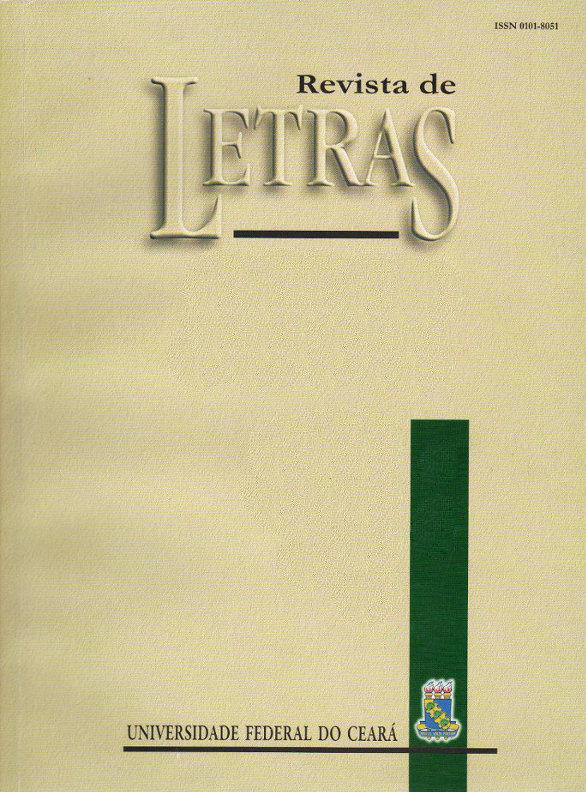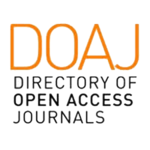M[i]NINO OU M[e]NINO: análise sociolinguística da média anterior /e/ em posição pretônica no português falado em Baião-Pará.
Abstract
Based on an anchor of the Theory of Variation and Change (WEINREICH, LABOV and HERZOG, 2006), this study has as its scope of analysis the variable behavior of the Pretonic front mid vowel /e/ in the spoken variety of the urban area of Portuguese in Baião-PA. It aims to analyze the possible conditioners through linguistic and extralinguistic variables, the maintenance rule of the pretonic /e/ based on a stratified sample and in terms of variationist sociolinguistics. The corpus for analysis consisted of 12 informants stratified by age, sex and education. Data collection was carried out through interviews of personal experiences and the data were analyzed using the Goldvarb software package. As a result, we found that in Baião the maintenance of pretonic /e/ is the most frequent factor, since statistical data showed that, given the universe of 1,003 speech occurrences, in a percentage of 63% there was no heightening, weight relative of 0.630, while for the presence of heightening it was only 37%, relative weight of 0.370. The linguistic factors considered relevant to explain the absence of heightening of /e/ in pretonic position in Bahian speaking are: the low vowel (a) with a relative weight of 0.67, from the vocalic context of the tonic when the pretonic is nasal; the role of the onset consonant when dorsal with a relative weight of 0.82; as for the social factor, the most significant was in the second age group, with a relative weight of 0.54, taken as statistically significant for the absence of an increase in the dependent variable.
Downloads
Downloads
Published
How to Cite
Issue
Section
License
Copyright (c) 2023 Revista de Letras

This work is licensed under a Creative Commons Attribution 4.0 International License.
Autores que publicam nesta revista concordam com os seguintes termos:- Autores mantêm os direitos autorais e concedem à revista o direito de primeira publicação, com o trabalho simultaneamente licenciado sob a Licença Creative Commons Attribution que permite o compartilhamento do trabalho com reconhecimento da autoria e publicação inicial nesta revista.
- Autores têm autorização para assumir contratos adicionais separadamente, para distribuição não-exclusiva da versão do trabalho publicada nesta revista (ex.: publicar em repositório institucional ou como capítulo de livro), com reconhecimento de autoria e publicação inicial nesta revista.
- Autores têm permissão e são estimulados a publicar e distribuir seu trabalho online (ex.: em repositórios institucionais ou na sua página pessoal) a qualquer ponto antes ou durante o processo editorial, já que isso pode gerar alterações produtivas, bem como aumentar o impacto e a citação do trabalho publicado (Veja O Efeito do Acesso Livre).

.png)






.png)
